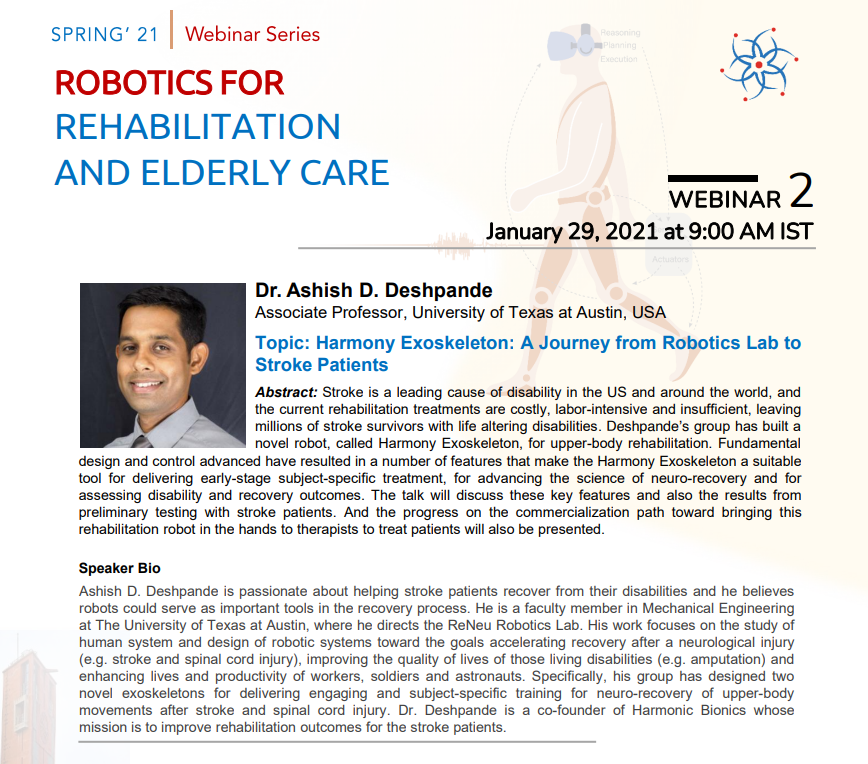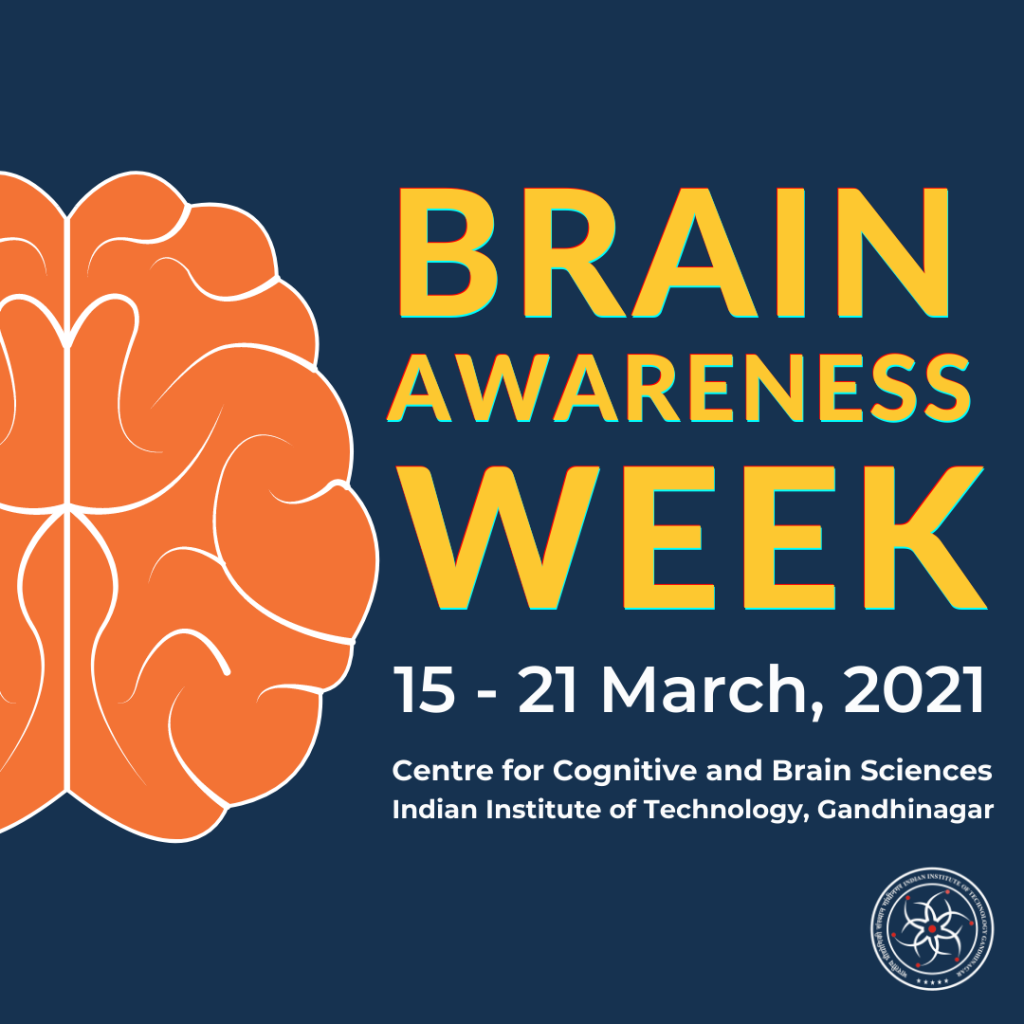Webinar 3 in the Seminar on Robotics for rehabilitation and elderly care seminar series.
By Prof. Zlatko Matjači, Professor of Biomechanics, University of Ljubljana, Slovenia, Head of R and D Unit, University Rehabilitation Institute, Republic of Slovenia on 15 February 2021
Abstract: Ability to adequately maintain dynamic balance during walking is an essential task in human locomotion which is in most cases impaired after stroke. We developed a robot that enables application of perturbing pushes to the pelvis during walking. Experimental studies in neurologically intact subjects have shown that balancing responses to perturbing pushes greatly vary with speed of walking as well. Zlatko Matjačić obtained PhD in electrical engineering from University of Ljubljana, Slovenia. Currently, he is the Head of Research and Development Unit at University Rehabilitation Institute, Republic of Slovenia. He is also a Full Professor of Biomechanics at University of Ljubljana, Slovenia. From 1998 to 2001 he was with Center for Sensory-Motor Interaction, Aalborg University, Denmark. His research interests include human motion analysis and synthesis, biomechanics, and rehabilitation robotics. He has led several national and international research projects related to rehabilitation of movement. He holds eleven international patents, two of them were commercialized as standing balance training device “Balance Trainer” and walking balance training device “E-go”(www.thera-trainer.de). His group has in the last decade developed several rehabilitation robots for neurorehabilitation of goal-directed upper extremity movement and for neurorehabilitation of walking. The work of his research group is strongly oriented into transfer of basic science into viable practical approaches and devices with the view of deployment in clinical practice. Dr. Matjačić received “The Jožef Stefan Golden Emblem Award” for outstanding contributions made to science in doctoral thesis (2000) as well as prestigious Slovenian national “Puh Award” for excellence in transferring new scientific findings into innovative products (2012).
The recording is available below:



